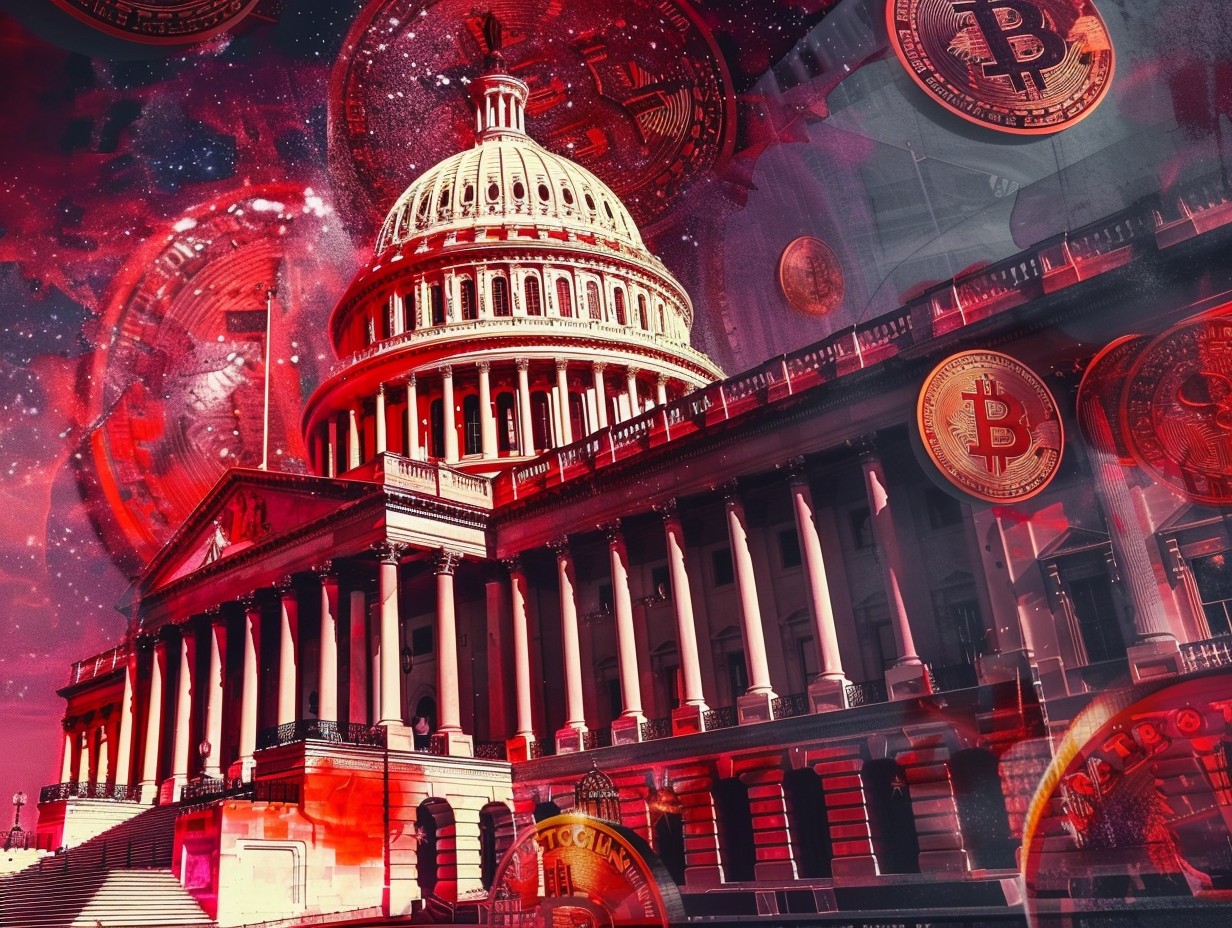The upcoming US 2024 elections have captivated the nation’s attention, promising to be a critical juncture in shaping the country’s future. Amidst the political fervor, an intriguing fusion of technology and finance emerges as crypto enthusiasts brace themselves for a unique opportunity – the “dance of death.”
This juxtaposition of electoral dynamics with the decentralized world of cryptocurrency unveils a tantalizing prospect for both political aficionados and blockchain enthusiasts alike.
Crypto plays a role in the current US elections
The relationship between US government officials, governing arms, and crypto has been toxic. Yet, these entities play a significant role in the policies being formed around the voting period. With Trump and Biden geared up for presidential seats, both have something to do and say on Bitcoin and the crypto ecosystem. What will these enemies get done?
The dance between enemies is often metaphorically referred to as a “dance of death” or a “battle dance.” This term highlights the intense and confrontational nature of the interaction between adversaries. Such dances can symbolize the competitive and potentially perilous relationship between opposing forces, whether in a physical confrontation or a metaphorical struggle.
Additionally, cultures worldwide have their own versions of war dances, such as the Maori Haka or the Ukrainian Hopak, which historically involved simulated combat movements and weapon displays to intimidate opponents and prepare warriors for battle. This time, the Pas de Deux of conflict is between crypto and US politics.
US crypto voters data
While the mainstream media is mostly focused on the November general election horse race, more significant structural developments are emerging beneath the surface. One is that American voters are becoming more aware of the relevance of cryptocurrency. They’re buying it, holding it, and understanding its worth.
According to the report, crypto is the best choice for people left behind by traditional financial institutions. In a world where 69% of Americans are dissatisfied with the current financial system, people are looking for alternatives where individuals have more control – rather than giant banks.
Overall, 45% of registered voters intend to vote for former President Trump, with 42% intending to vote for President Biden. This data is substantially consistent with other public data on the electoral race, including the most recent Morning Consult survey, which shows former President Trump beating President Biden by 44% to 43%.
Currently, 48% of cryptocurrency owners intend to vote for Trump, 39% for Biden, and 13% are unsure.
In addition, 19% of American registered voters claim to have purchased crypto. This comprises 19% of self-identified Democrats and 18% of Republicans. 24% of self-identified independent voters purchased crypto.
According to this research, cryptocurrency owners make up a far larger portion of the electorate than officials realize. A fifth of the population is not a small subset.
“I’ve seen it suggested that saying 20% of voters own crypto is misleading because they likely nearly all only own a token amount of it, such that even if a fifth of the country owns crypto, they all don’t care about it or policy affecting it,” Paradigm policy director Justin Slaughter wrote on X yesterday.
I’ve seen it suggested that saying 20% of voters own crypto is misleading because they likely nearly all only own a token amount of it, such that even if a fifth of the country owns crypto, they all don’t care about it or policy affecting it.
— Justin Slaughter (@JBSDC) March 14, 2024
Well, we polled ownership size too.
The survey comes as crypto-focused political donors and super Political Action Committees (PACs) begin to increase their payouts, and many of their wagers have proven successful.
Crypto Super PAC Fairshake spent more than $10.1 million in recent weeks on advertising and airtime against Rep. Katie Porter in California’s open primary for a US Senate seat, according to Federal Election Commission filings.
Even while Paradigm’s data show that the political division isn’t as prominent in crypto, the Defend American Jobs super PAC, the Republican crypto-focused campaign, donated to the most candidates among crypto super PACs. According to documents, the group spent almost $4 million in recent weeks to support four Republicans.
Crypto ownership is even higher in communities of color and among the young. 40% of men aged 18–54 have bought crypto.
In 2024, 33% of African Americans and 32% of Hispanics own, trade, or utilize cryptocurrencies, up from 20% and 22% the previous year.
There has been a lot of discussion concerning the changing electoral preferences of young and nonwhite voters. It is evident that one of these groups is concerned about how policymakers will view cryptocurrency.
A Step-By-Step System To Launching Your Web3 Career and Landing High-Paying Crypto Jobs in 90 Days.
 US
US